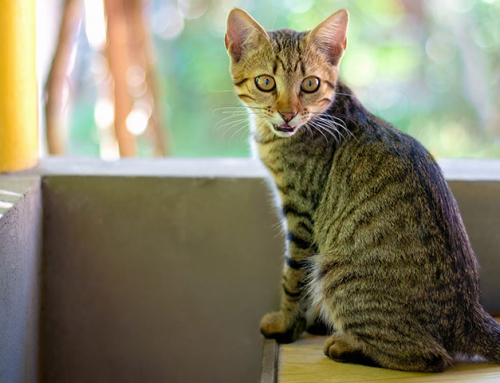Many, if not all, of the human insulins sold in the United States come in “pen” applicators. These pens are a more discreet way of injecting oneself in a public location without drawing undue attention that a needle and syringe can bring. Humans, especially kids, often don’t want to stick out from the crowd as abnormal or different. Since our dog and cat diabetics don’t worry about the stigma of a needle, we vets have for the most part ignored these devices. Nonetheless, there are some dandy benefits of insulin pens for particular situations.
If a client has poor manual dexterity, such as from disability or arthritis, an insulin pen may be easier to use. Also, for clients with poor eyesight, insulin pens may be a solution. Even if another family member is the one to set the pen, change the pen needle (which still needs to be changed with each injection), or change the cartridge when empty, an insulin pen may just be the ticket.
Some diabetic pet owners have a fear of needles! Yes, they may struggle through, hold their breath, and do it for the love of Fluffy, but a pen may be less emotionally traumatic for those with a fear of needles. Some of the biggest, toughest fellas may get queasy at the sight of a needle. One diabetes company polled pet owners and found that clients have less anxiety getting a drop of blood for a blood glucose reading than giving an injection.
Insulin pens offer greater accuracy than pet insulin syringes. Duh! We are human and humans make mistakes. This is particularly true with smaller doses of insulin. When we “eyeball” the line on the syringe, a slight error clearly makes more of an impact when the dose is tiny than when the dose is large. Consistency is a beautiful thing with diabetes. We vets like consistent amounts fed, consistent meal-times, consistent exercise patterns, and consistent insulin dosing.
Finally, if we have a small pet that doesn’t go through much insulin before it “expires” (typically a month after the vial is first used), we might also consider a pen. The cartridges are smaller (often only a couple milliliters), rather than the typical 10 cc vial of insulin. It is even possible to use the cartridge with the old school insulin syringes (using the cartridge as we would the vial) to extend the shelf life once a bottle has been opened. Some insulin pens have replaceable cartridges while others have disposable pens that are discarded once the cartridge is empty (being a green-minded recycling goddess, I prefer the idea of reusable pens!). Since we have diabetic patients as small as a teacup Chihuahua that fits into a stylish purse, and as large as big ol’ mastiff who takes up the whole couch, this is math that you and your vet can sort out to find out if ordering pens or replaceable cartridges might be cost effective for your situation.
I’m not suggesting you run out and change to a pen, but I want our readers to be aware of what is available for some situations. For the most part, the old fashioned vial and insulin syringe will be more cost effective than using an insulin pen. And, if your pet happens to be on Vetsulin insulin, know that there will likely be a Vetsulin Vet Pen approval this year. It has been available in Europe and Canada and will likely get approval in America soon. Next week we will discuss the Vet Pen in more detail.
I enjoy interacting with our readers. Feel free to contact me at [email protected].
NOTE: Consult your veterinarian first to make sure my recommendations fit your pets special health needs.






Leave A Comment